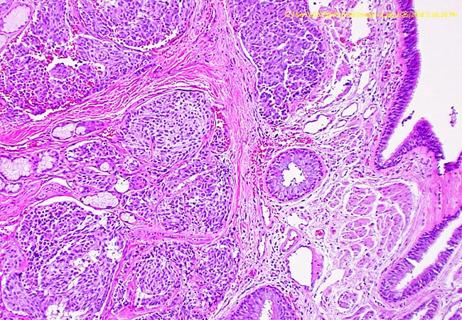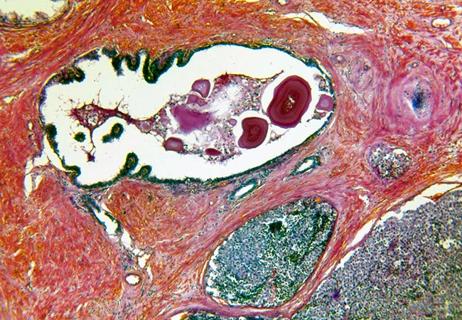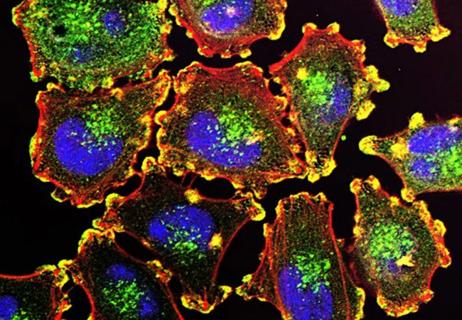Selpercatinib beats others in ORR, PFS, safety

The selective RET inhibitor selpercatinib is safe and effective in both treated and treatment-naïve patients with RET fusion-positive non-small cell lung cancer (NSCLC), according to the results of a phase 1/2 clinical trial recently published in New England Journal of Medicine. RET fusions have been identified in 1% to 2% of NSCLC cases and have been associated with a high risk of developing brain metastases.
Advertisement
Cleveland Clinic is a non-profit academic medical center. Advertising on our site helps support our mission. We do not endorse non-Cleveland Clinic products or services. Policy
“We have kinase inhibitors that inhibit the RET proto-oncogene,” says Nathan Pennell, MD, PhD, coauthor of the study and Director of Cleveland Clinic Cancer Center’s Lung Cancer Medical Oncology program, “but the clinical benefit from these was modest at best for RET fusion-positive patients. The introduction of selpercatinib three years ago changed the game a bit, and now we have some early results showing promise.”
Researchers enrolled both treatment-naïve and platinum chemotherapy-treated patients with advanced RET fusion-positive NSCLC in this first-in-human, global, multisite trial. They sought to measure objective response rate (ORR) as well as response duration, progression-free survival (PFS) and safety. They enrolled 105 patients who had undergone treatment and 39 treatment-naïve patients. Eleven patients overall had central nervous system (CNS) metastasis at enrollment.
The ORR in patients with prior treatment was 64% (95% CI, 54 to 73) with a median duration of response of 17.5 months (95% CI, 12.0 to NE) and 63% of responses maintained at a median 12.1 month follow up. The ORR in treatment-naïve patients was 85% (95% CI, 70 to 94), and 90% of patients had maintained responses at 6 months follow up. The intracranial ORR in patients with CNS metastasis was 91% (95% CI, 59 to 100).
“These are very encouraging results, superior to anything we’ve seen with multikinase inhibitors for these patients,” says Dr. Pennell, “and compare nicely to other targeted therapies for NSCLCs with oncogenic drivers such as EGFR mutations.”
Advertisement
In terms of safety, a few grade ≥ 3 adverse events occurred, including hypertension (14%), alanine aminotransferase increase (13%), aspartate aminotransferase increase (10%), hyponatremia (6%) and lymphopenia (6%), with four patients (3%) discontinuing treatment.
Selpercatinib (LOXO-292) is a novel, highly selective small molecule RET inhibitor that showed nanomolar potency against several RET alterations in experimental models, while sparing non-RET kinases and non-kinases. The drug penetrates the CNS, with demonstrated antitumor activity in the brain in preclinical models. Before the advent of selpercatinib, the multikinase inhibitor cabozantinib was often patients’ best option, with an ORR of 28% and median PFS of only six months. In May, the Federal Drug Administration approved selpercatinib for use in RET fusion-positive lung and thyroid cancers.
“This is a big win for the 10,000 or so RET fusion-positive NSCLC patients diagnosed across the globe each year,” says Dr. Pennell. “We are cautiously optimistic as we begin phase 3 trials.”
Advertisement
Advertisement

Emerging treatment option for patients with advanced disease

New results from the BLASST-1 trial show increases in downstaging and relapse-free survival

Study highlights value of preoperative imaging to guide surgical decision-making

How a novel tissue marker makes a difference

Model identifies target OS at which economic benefits of treatment outpace placebo

Setting a new benchmark for control arm estimates

Overall survival benefit not established

In search of improved outcomes for patients